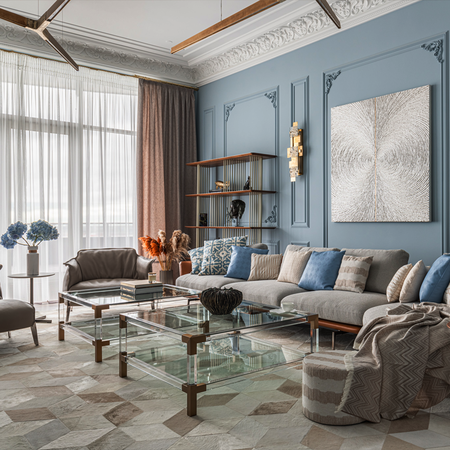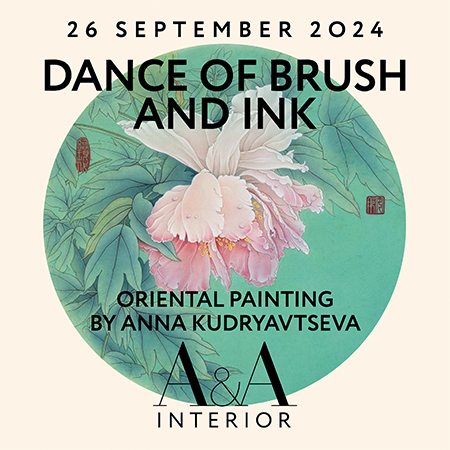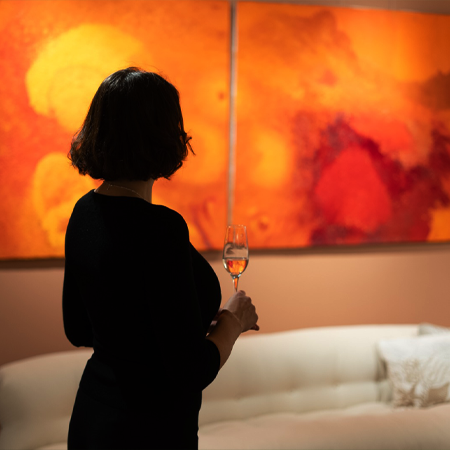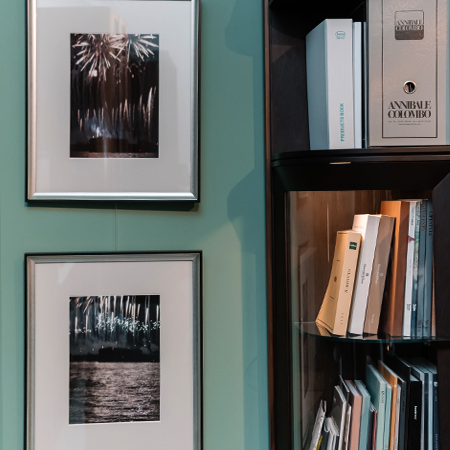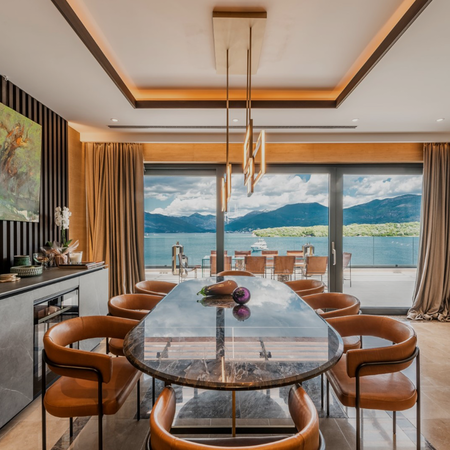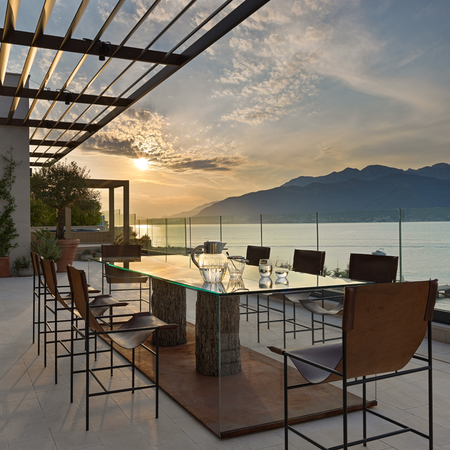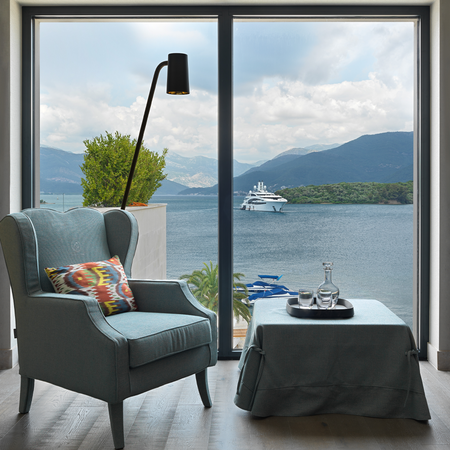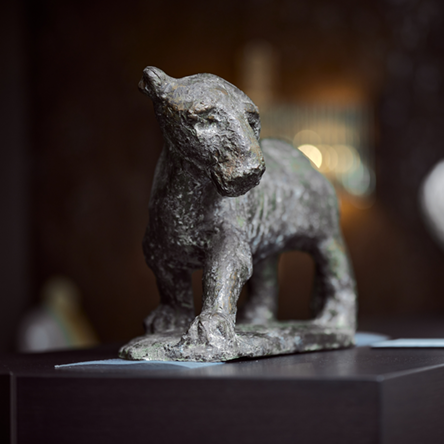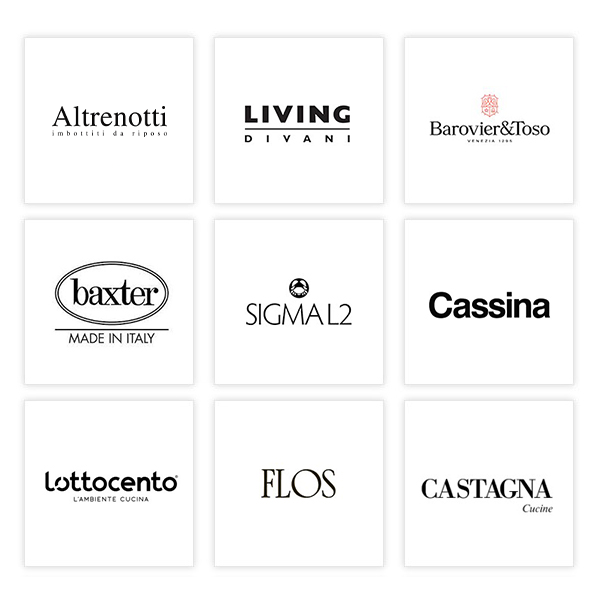RUBIX Festival 2024
Date:
8.08.2024 – 10.08.2024
Place:
Nautical Heritage Collection Museum
Address:
Porto Montenegro, Tivat
RUBIX Festival 2024, which will be held in the delightful site in Porto Montenegro for the second time, creates a unique events platform of ever-evolving opportunities that ignite self- discovery, creative adventure and greater fulfilment. Theatre, music, art, technology will meet on the same space Synchro to proclaim a fresh new vision of exclusive entertainment.
Aiming to reconnect one to its dreams and desires through a kaleidoscopic world of music, creative activity, experiences, workshops and masterclasses, festival denotes Art as one of its 4 pillars. Thus, RUBIX Festival opens up opportunities for the local artists, both for those for whom Montenegro is their homeland, and for those who came here recently, to showcase their work in an immersive and engaging environment and interact with festival attendees and guests. And A&A Interior very proud to have received the invitation to become a connecting bridge between festival participants.
The idea of the Rubix Festival exhibition this year appeared unexpectedly. It turned out that in a raging world full of war, violence, chaos, people are still looking for islands of stability and faith. And the only island that truly provides support and the opportunity to restore harmony is Art. Through it, as the great philosophers of the 20th century said, man has the opportunity to restore his divine nature. We begin the exhibition with the idea of the Garden of Eden - a new garden in which the fruits of human genius and creativity are found and through which man travels through art history and time.
This is a journey deep into oneself and outward through the awareness of the pain of the violence of the world, of one’s true position in it. Only through this awareness it is possible to find a real way out through creativity in the fulfillment of the abyss that separates man and God.
This exhibition is a statement by eight Artists about the state of man in the modern world, his loss, fears, the search for harmony through meeting with nature and through the creation of a new harmonious system of perception of the world.
Each of the authors finds answers to these questions in his own way. Thus, Daria Bajagić raises the question of the place of modern man in the society of consumption by his unconscious acceptance of the rules of the game in which he is a victim. Unconditionally put in the circumstances of mass culture and mass consumption, war, imposed ideological prejudices, a person turns out to be equal to the Image of a sacrificial animal.
Rajko Sušić, whose works welcome visitors at the entrance to the exhibition, speaks about the philosophy of war and peace, based on personal experience and events of his life, the way of searching for survival through images of war and loss. He finds a man's place in this world, in the hope of a new life and creativity.
Artist Mila Halizova finds answers to those questions in the connection of man with nature. In her works, made from the seeds of various plants, she opens up the possibility of meeting nature for the viewer. This meeting can happen at any point in place and time - for example, while standing in front of a canvas in an apartment in a noisy city, you can be alone with the forest of trees that have not yet sprouted and feel the touch of living energy of nature.
This important tendency of connecting man with nature, which can be conditionally called an "organic trend", embodies such an urgent topic today as the return of man to the roots, to the nature as to the main source of life-giving power and inspiration. In this connection begins the path to harmonisation and liberation of man from imposed norms and stereotypes, destructive patterns of the modern world.
The next artist who continues the line of human harmonisation through a return to the roots, is Zoran Obrenović proposes to return to the origins of protoculture, the archetypal images that have become the basis of our civilisation, and through them offers humanity to start the history of art from scratch, returning to the unity of man with the forces of nature and space in the primitive sculpture images.
The return to the Protoorigins of color in art is offered by the artist Marso (Radun Marsenić). He chooses color as a tool for influencing the viewer - almost monochrome of his canvases reach the subconscious and reveal it from under the layers of the artificial intellectual ballast of the modern viewer. He chooses ochre colors as a fire burning everything that burdens the consciousness of a modern person. In his works one can meet a recognition of a shimmering landscape or still life, but their main purpose is to be a tool that cuts off the outdated chimeras of visual perception.

